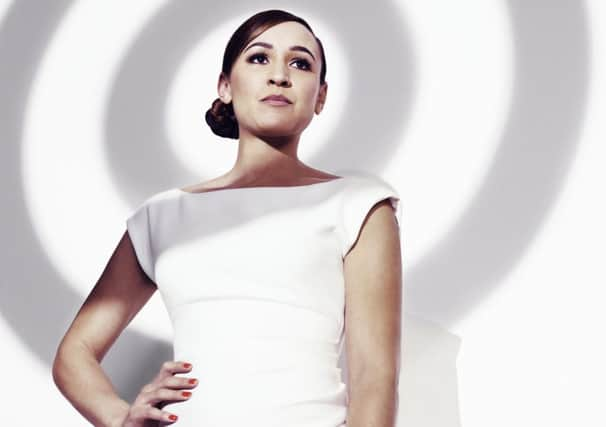Breast cancer radiation risks killer lung disease


Doctors have found the risk of new lung tumours forming in women treated with radiation after breast cancer surgery rises as the dosage increases.
A major study also shows the likelihood is far greater among women who are smokers.
Advertisement
Hide AdAdvertisement
Hide AdWomen receiving radiation to the breast area have around a one in 200 chance of going on to develop a primary lung cancer – ie, a new cancer, not a secondary tumour that has spread from the original breast cancer.
The new study led by Dr Trine Grantzau, a doctor in experimental clinical oncology at Aarhus University Hospital in Denmark, investigated the link between the dose of radiation administered and the incidence of lung cancer, as well as the effects of smoking.
Speaking at the 33rd conference of the European Society for Radiotherapy and Oncology in Vienna, Dr Grantzau said: “We found that for each Gray – the unit used to measure radiotherapy – delivered to the lung as part of radiotherapy for a breast tumour, the relative risk of developing a subsequent primary lung cancer increased.
“This increased risk was similar to the reported increased risk of heart disease after radiotherapy for breast cancer. Our findings suggest any reduction in the dose of radiation to the lung would result in a reduction in the risk of radiation-induced subsequent lung cancers.”
The researchers studied the records and smoking status of 23,627 breast cancer patients treated with radiation and 22,549 who were not.
The average age of the women when diagnosed with breast cancer was 54, and the average age when a second primary lung cancer was found was 68.
Three-quarters of the lung cancers were discovered five or more years after radiotherapy for breast cancer, ranging from five to 26 years.
The majority of the lung cancer cases – 91 per cent – were smokers, whereas just 40 per cent of those who did not develop the disease were smokers.
Advertisement
Hide AdAdvertisement
Hide AdThe findings show that although the chances of developing a second lung cancer is small, the risk increased by 8.5 per cent per Gray delivered to the lung.
The average dose of radiotherapy delivered to the site where lung tumours were found was 8.7 Grays, and 5.6 Grays in the women who did not develop the disease.
Breast cancer sufferers receiving radiotherapy after surgery to help prevent recurrence of the disease typically receive around 45 to 60 Grays in total, given in daily doses of 1.8 to 2 Grays.
Dr Grantzau said: “It’s important to emphasise the risk of getting a tobacco-induced lung cancer is much higher than the risk of getting a radiation-induced second lung cancer.”
More than 4,500 women are diagnosed with breast cancer in Scotland each year. It is the most commonly diagnosed cancer in women in the country.